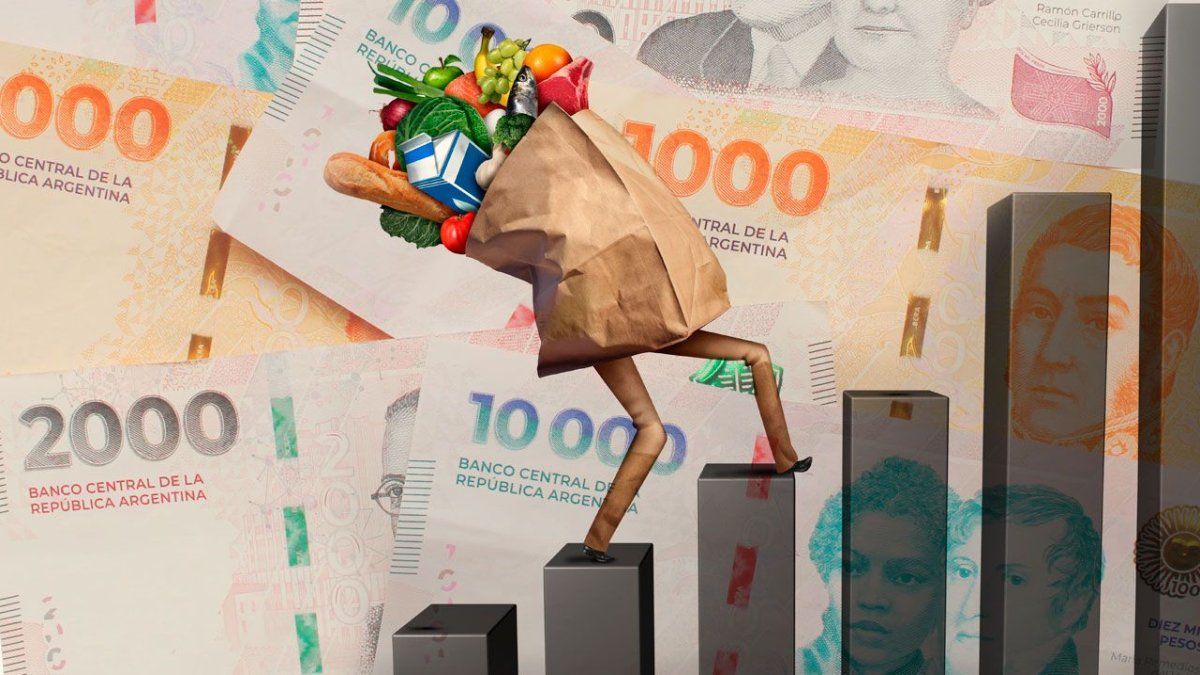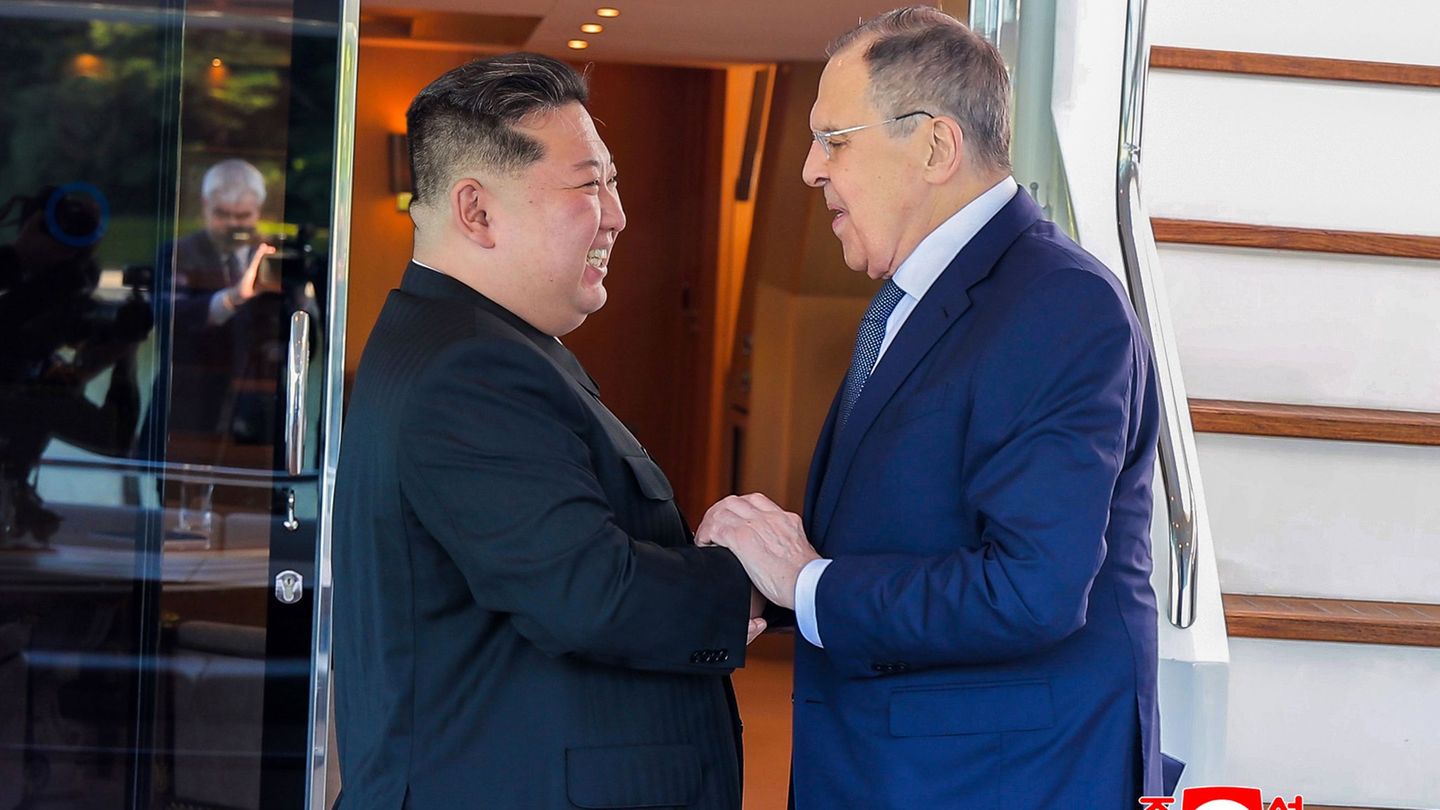To implement a policy anti-inflationary Successful treatment is a necessary, but not sufficient, condition to have a good diagnosis of the causes of the inflation. Unfortunately, The national government has a simplistic diagnosis, focusing solely on the monetarist theory, which posits the fiscal deficit financed by the central bank’s monetary emission as the only cause. This reductionist view does not consider the complexity of the inflationary phenomenon, which has multiple causes.
To truly understand inflation, and to design a successful anti-inflationary strategy, it is necessary to consider several theories, such as demand-pull inflation, inertial inflation, cost inflation or exchange rate inflation. The latter is a more realistic version of the monetarist theory, where prices rise due to the rise in the exchange rate due to devaluations, currency runs or excessive increases in liquidity in pesos, which leads to portfolio rebalancing. The increase in liquidity in pesos can be caused by excessive financing of the fiscal deficit with issuance, the purchase of dollars by the central bank or a relatively high interest rate in pesos.
Based on this misdiagnosis, the government has focused primarily on eliminating the fiscal deficit and its financing through the central bank. This fiscal contraction, implemented without a coherent and planned criterion, has had serious social and economic costs, generating a strong recession. For example, in May, INDEC’s monthly estimator of economic activity (EMAE), excluding agriculture, showed a year-on-year contraction of 7%. In addition, the utilization of installed capacity has fallen from 66.4% in November 2023 to 56.8% in May 2024. Unemployment has also increased, from 5.7% in the fourth quarter of 2023 to 7.7% in the first quarter of 2024. Moreover, poverty and indigence have soared to unacceptable levels.
The fiscal adjustment has had only two “positive” consequences from a macroeconomic point of view: 1) avoiding a spiral of inflation after the devaluation of December 2023, when the nominal official exchange rate (TCN) rose by 118%, since the contraction of aggregate demand has acted as an anchor that has contained price increases; and 2) generating a surplus in the trade balance of USD 10,708 million in the first half of 2024. This trade surplus was largely achieved because imports fell by around 35.4% annually in June 2024 due to the economic recession and the contraction of aggregate demand.
However, monthly inflation has not been brought down to reasonable levels, despite having a fiscal surplus for more than six months. The current monthly inflation remains very high: in June it was 4.6%. In addition, the slowdown in monthly inflation from the peak of 25.5% in December 2023 and 20.6% in January 2024 has stopped since May, when it was 4.2%.
To begin to talk about success in the strategy to combat inflation, it is necessary to reduce monthly inflation to 1.5%, as it was before the exchange crisis in mid-2018 during Macri’s presidency, or at least to 3% monthly, as during the second half of Macri’s presidency and that of Fernández, when economic management was in the hands of Guzmán and Kulfas.
Looking ahead, there are many doubts about the ability to reduce monthly inflation sustainably below 3-4% (the level reached after the currency crisis of Macri’s presidency). These doubts arise in part from the effect of inertial inflation, a process in which price increases feed back on each other, forcing companies to raise their prices due to rising costs, generating persistent inflation. With a 2% monthly crawling pegit is very difficult for inertial inflation to fall below that level, especially if there are simultaneously excessive increases in gasoline, tariffs, etc.
In addition, there is a risk that exchange rate inflation will rise again. To maintain control of the TCN, it is crucial not to lose the trade surplus, which will be difficult with the growing exchange rate lag, the widening exchange rate gap and if the government intends to implement policies to revive the economy.
Of course, if the government continues to implement and deepen fiscal adjustment, monthly inflation may continue to decline. However, in that case, the question is: What is worse, the cure (recession, unemployment, poverty) or the disease (inflation)? The idea of a successful anti-inflation plan is not to reduce inflation ruthlessly, but to do so sustainably without generating excessive short- and long-term social and economic costs.
UNC Professor and CONICET Researcher
Source: Ambito
David William is a talented author who has made a name for himself in the world of writing. He is a professional author who writes on a wide range of topics, from general interest to opinion news. David is currently working as a writer at 24 hours worlds where he brings his unique perspective and in-depth research to his articles, making them both informative and engaging.




